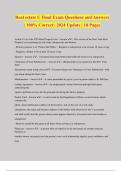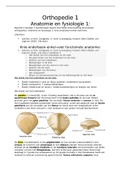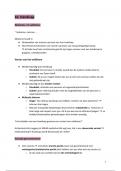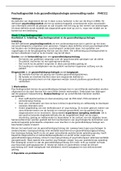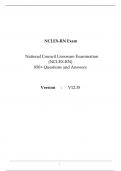Exam (elaborations)
Detailed answers to all parts of unit 7 Forensic Psychology specification
- Institution
- PEARSON (PEARSON)
This document is my notes taken from all Unit 7 Forensic Psychology lessons. This contains a variety of content which covers the entire exam specification in detail. Additionally, can be used for revision purposes closer to exam season as they are of such detailed quality. This document contains bo...
[Show more]





